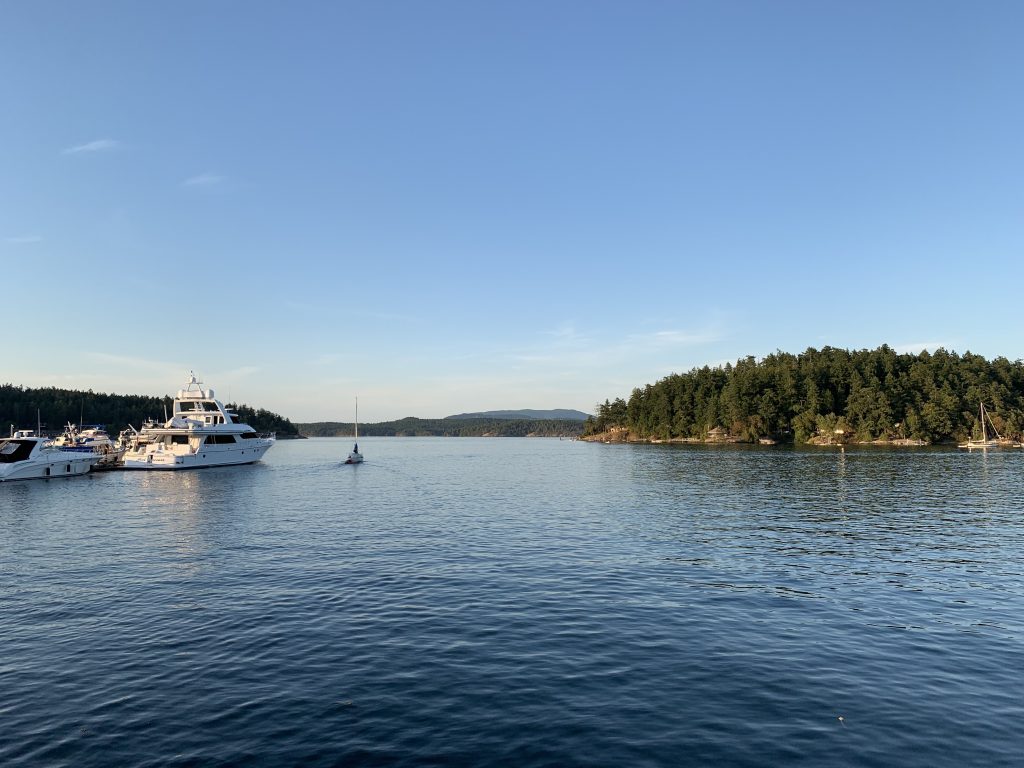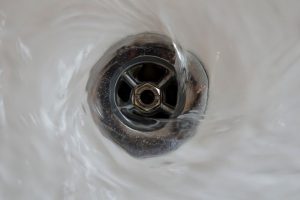August 20, 2019

The products we use on our skin, hair, and nails can cause harm to the animals and people that depend on healthy local waters.
While you’re washing away the lingering sunscreen from the last beach day of summer, you’re probably reminiscing about carefree time with family and friends, and daydreaming about the sights and smells at the water’s edge. But have you ever thought about your sunscreen’s impact on water quality?
Summer brings a whole host of human-made threats to water quality. Sewage, oil and debris get most of the press, but the products we use on our skin, hair and nails also pose serious threats to the marine environment. Every time we shower, wash our hands or take a dip in our favorite swimming spot, we introduce potentially toxic chemicals and microplastics to the water.
Unlike the food we eat, the products we use on our skin are highly under-regulated. While the European Union has banned over 1,000 toxic compounds from cosmetics, the United States Food and Drug Administration has only banned eleven.

Water treatment plants don’t remove the chemicals from cosmetics that we wash down our drains every day. These chemicals can be toxic to marine organisms.
Think about a typical day at the beach: you slather on the sunscreen, jump in the water, use some hand sanitizer before digging into your sandwich, apply more sunscreen and maybe some chapstick, then dive back into the surf. Traces of these products enter the water, and can have devastating impacts on marine life. Phototoxic sunscreens (like oxybenzone) act as endocrine disruptors and have been found to cause mortality in corals even at nearly imperceptible concentrations in the ocean. The triclosan in your hand sanitizer also acts as an endocrine disruptor, this time in fish. Synthetic musks in sunscreens and sanitizers have been found in water and soils in lake systems. And the Butylated hydroxytoluene (BHT) widely used as a preservative in these products can bioaccumulate to toxic levels in marine organisms.
So what’s been a great beach day for you has been a chemical minefield for the marine life just out of sight under the water’s surface. And unfortunately it doesn’t end there: when you leave the beach and suds up at home, whatever’s washing down the drain will end up in the water, too. This is because water treatment plants don’t filter out the chemicals or microplastics found in our personal care products.
Even before you use these products, the production and packaging of cosmetic and personal care products contribute to pollution of our air, land and waterways.
This is not to say that you should go purge your bathroom cabinets right now (more waste isn’t the answer!). Use up the products you have and consider buying safer, healthier alternatives next time. Look out for products with reusable (or at least recyclable) packaging next time you need to buy something. Most importantly, be a critical consumer – read labels, do your research and be skeptical of products that claim to be “natural” or “safe.”
Thanks for doing your part to keep our marine waters clean and healthy!
AUG
2019